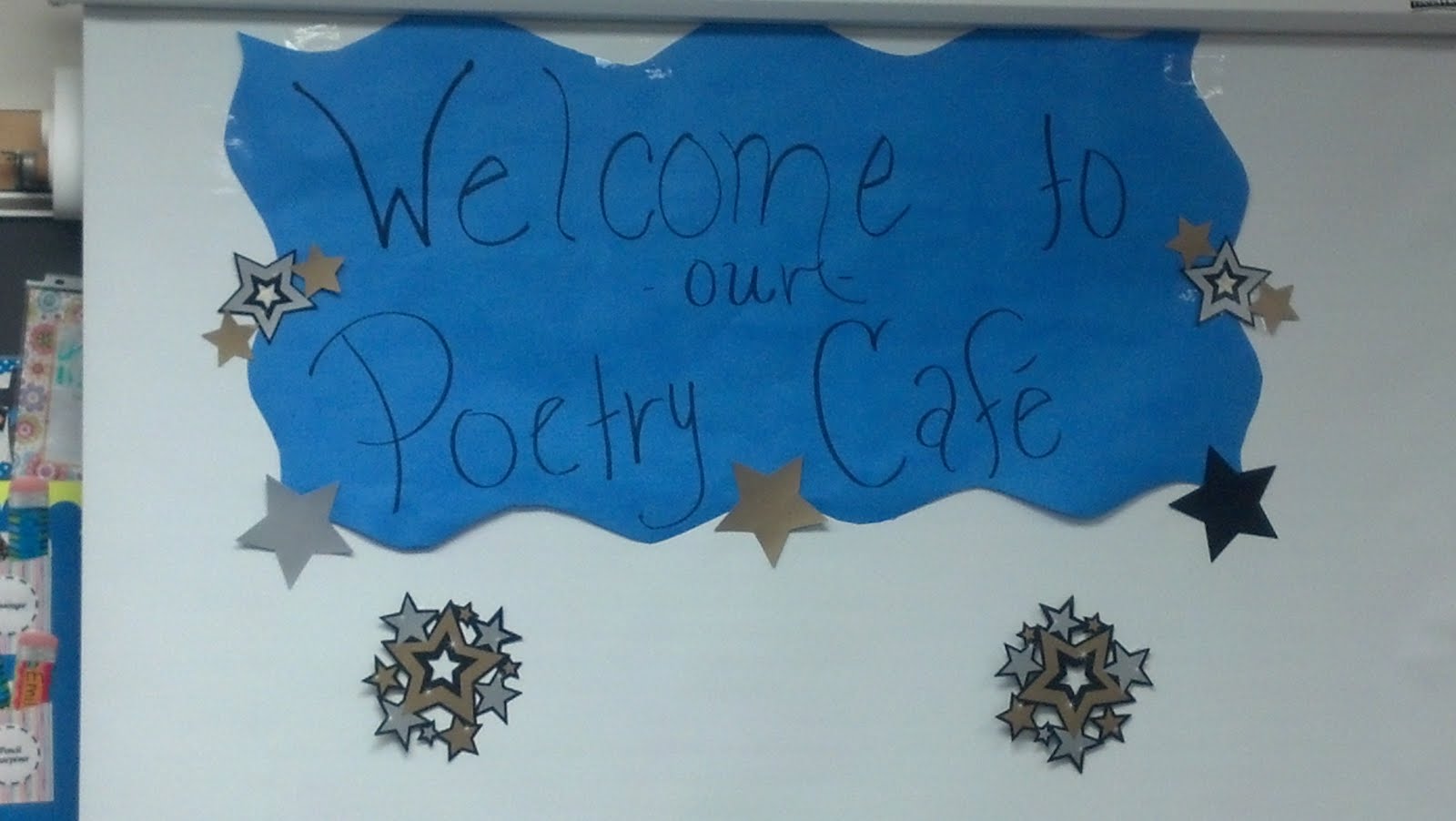One of my favorite model poems is Mary Oliver's "Bats."
Sadly, the poem is not available online. Trust me -- it's worth a visit to the library to read this poem!
The first half "Bats" is sensory, but factual. Oliver describes where and how bats fly, capture food, and bats' social nature.
Then, a surprising turn in the fifth stanza. We know much about the science of bats, and yet, Oliver surprises with this observation: "But in the night still comes the unexplained figure slipping in and out of bedrooms, in and out the soft throats of women."
The loose form that Oliver uses in "Bats" makes a great writing prompt:
Poetry Writing Prompt:
Take something from nature -- a plant or animal. First, look at it like a naturalist or scientist. What do you know? What are the facts? What do you observe?
Then, shift to what your subject symbolizes. Mary Oliver's poem works because she reminds us about bat facts before introducing the vampire -- showing how the two are intertwined in our minds, how science can't overcome superstition.
Here is Maryland poet Brian Smith's poem, "Honeysuckle." Notice how, with Brian's intense observation, the honeysuckle plant is an almost vulture-like aggressor. However, by the end of the poem, we've seen two very different sides of the honeysuckle.
Honeysuckle
by Brian Smith
Tangled mounds of beauty reach
forth in creeping conquest,
ensnare derelict prey, abandoned
pickups, fences, and brazen
saplings that dare to rise
above the twisting grasp.
Yet, for what is taken, such a
gift returned. A pinch and pull
nature's finest mead.
Posted with permission of the author.
Thanks for visiting my National Poetry Month project. All month, I am featuring Maryland poets. Most days, you'll find a writing prompt or classroom exercise related to the poem.
Brian Smith with be with me at Baltimore's CityLit Festival this weekend. Stop by the Maryland Writers Association table and say hello!



No comments:
Post a Comment